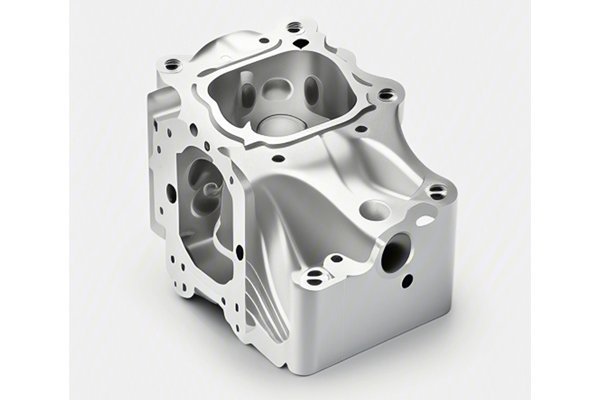Opening
Did you know that nearly half of the energy used in buildings is lost due to poor insulation? As industries and consumers alike push for more energy-efficient solutions, the demand for high-performance materials and manufacturing techniques — particularly in the realm of CNC (Computer Numerical Control) machining — is at an all-time high. But can CNC machining truly meet the thermal insulation design requirements crucial for various parts across different applications? This question touches on important aspects of engineering, manufacturing, and energy conservation, making it one worth exploring.
The Role of CNC Machining in Thermal Insulation
CNC machining has emerged as a revolutionary manufacturing technology, enabling the precise fabrication of components from various materials. Its capabilities extend beyond traditional natural and synthetic materials; it encompasses advanced composites and specialized heat-resistant alloys that can significantly elevate thermal insulation performance.
Understanding Thermal Insulation
Before diving into how CNC machining can meet thermal insulation requirements, it’s essential to grasp what thermal insulation entails. Thermal insulation refers to the materials and systems that resist heat transfer. They play a vital role in building construction, automotive design, aerospace applications, and various industrial processes.
Key Factors Influencing Thermal Insulation:
How CNC Machining Can Meet Thermal Insulation Requirements
The relationship between CNC machining and thermal insulation performance is multifaceted. Here’s a detailed examination of how CNC machining can be tailored to produce components that meet specific thermal insulation design requirements.
High-Performance Insulating Materials:
CNC machining allows manufacturers to work with a broad range of materials, including:
Choosing the right material is the first step toward meeting insulation goals. In CNC machining, material selection is based on factors like thermal performance, ease of machining, and cost-effectiveness, which manufacturers must evaluate diligently.
CNC machining is renowned for its precision. When it comes to thermal insulation, even the smallest deviations in dimensions can impact performance. Precise machining allows for the creation of parts that ensure:

Innovative design approaches are crucial in maximizing insulation efficiency:
The integration of these advanced design principles within the CNC machining process enables manufacturers to push the boundaries of traditional insulation strategies.
CNC machining can also incorporate manufacturing processes that enhance thermal insulation:
Case Studies: CNC Machining Applications in Thermal Insulation
Aerospace Industry: The aerospace sector increasingly relies on CNC machining to produce parts from advanced materials like carbon fiber composites. By using precision machining techniques, manufacturers can create lightweight, thermally insulated components essential for aircraft safety and performance.
Automotive Sector: Vehicle manufacturers are adopting CNC machined insulation solutions to improve fuel efficiency and reduce cabin noise. For example, intricate foam components machined to fit tightly in vehicle doors can significantly contribute to thermal insulation without adding excess weight.
The Importance of Regulatory Compliance
In industries where thermal insulation is critical, adherence to regulatory standards is essential. When CNC machining components for insulation purposes, manufacturers must ensure compliance with specifications set by organizations like ASTM International or ISO standards. These guidelines cover everything from material quality to performance metrics.
Key Standards:
In summary, CNC machining presents an array of opportunities to meet the thermal insulation requirements of various parts, making it an indispensable tool for modern manufacturing. From material selection and precision machining capabilities to advanced design techniques and strict adherence to regulations, companies can leverage CNC technology to enhance thermal insulation performance across multiple industries.
As the world shifts toward energy efficiency and sustainability, the importance of effective thermal insulation cannot be overstated. This blog not only highlights the key components and technologies involved in achieving high-performance insulation through CNC machining but also encourages readers to reflect on the implications of their material choices and manufacturing processes in the fight against energy loss.
By understanding the nuances of CNC machining within the context of thermal insulation design, industry professionals can contribute to more energy-efficient solutions that create lasting values for their organizations and the environment. The future is bright for CNC machining—with the potential to reshape thermal insulation practices and meet the ever-evolving demands for energy conservation.






